How To Choose A Bike Saddle: The Ultimate Guide to Finding the Perfect Fit
Discover how to choose a bike saddle for comfort and performance. Our guide covers saddle types, fit, materials, and top brands.
Choosing a good bike saddle is one of the best things you can do to improve comfort and enjoyment on a ride.
I’ve endured my fair share of discomfort in the saddle from painful chafing to sore sit bones to recurring saddle sores and even lower back pain. I’m sure many cyclists can relate – these issues are probably the reason why you’re here!
So how do you go about finding the right bike saddle for you? Great question.
As an avid biker myself, I’ve tried and tested out a number of bike saddles over the years. Some I’ve liked (and even loved!) while others have been torture.
I’ll be the first to say that bike seat selection is highly personal and subjective, but in this post, I share a few tips and tricks to help you find that perfect fit.
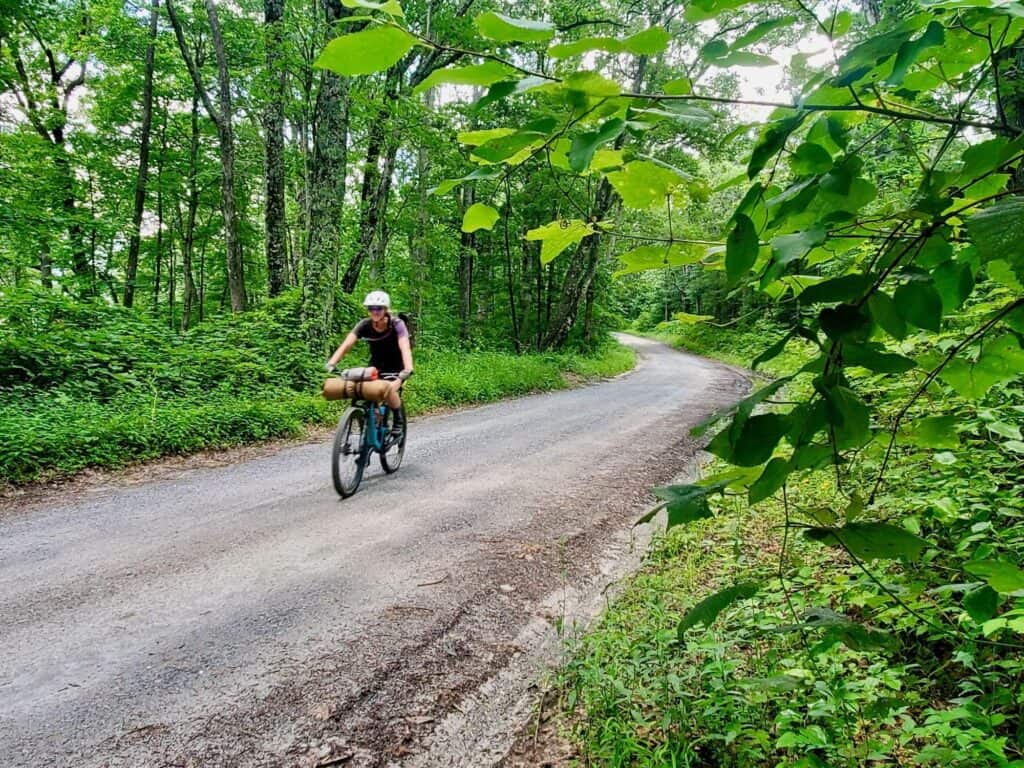
Need Help Planning Your Trip?
New to bikepacking? I’d love to help you plan your first (or next) overnight trip! Click the link below to set up a Q & A session.
Why Saddle Fit is Important
I don’t think I need to dwell on this point too much because most – if not all – riders know why saddle fit is important.
The obvious reasons are:
- Eliminate painful chafing
- Prevent recurring saddle sores
- Keep your tush and sit bones from getting sore
- Make riding more enjoyable!
But in addition to these obvious reasons for finding the perfect saddle, there are some maybe not-so-obvious reasons as well:
- Improve performance by helping you maintain a good riding position. A proper riding position optimizes power transfer from your legs to the pedals so you can smash those PRs.
- Help reduce lower back pain by supporting your pelvis in a better way.
- Prevent nerve compression by distributing weight evenly across the sit bones.
Bike saddles shouldn’t be the source of pain and despair when riding (that never-ending hill is another story…). Instead, a well-fitting saddle should make riding more enjoyable and even improve performance.
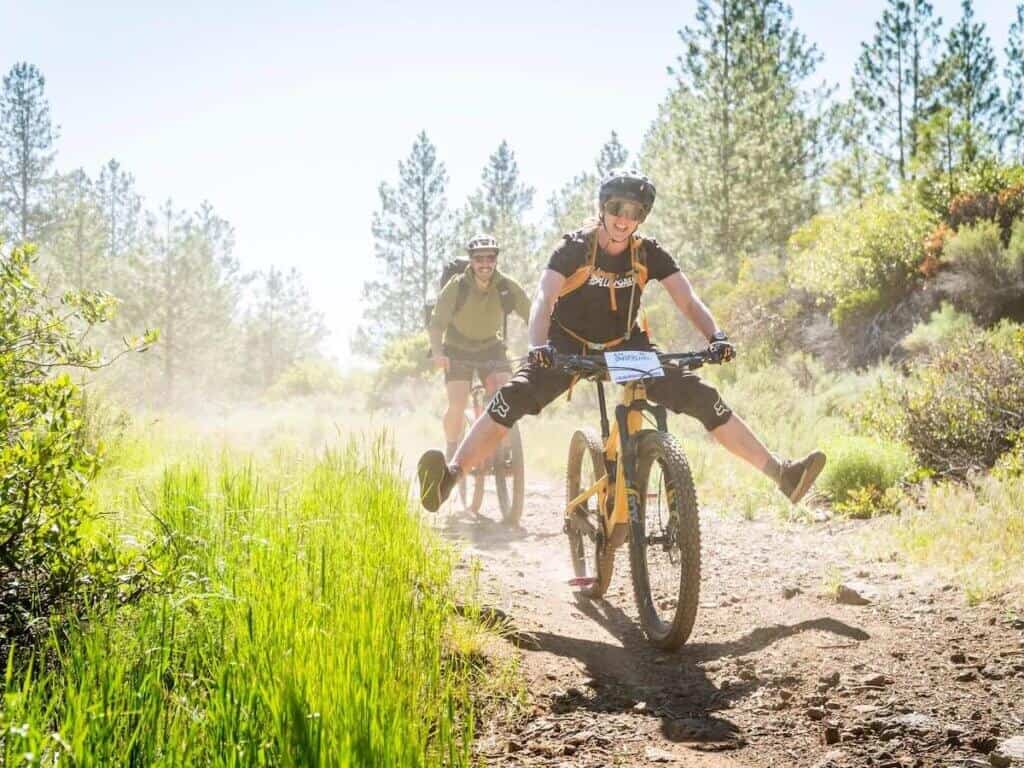
Understanding Saddle shape
Bike saddles come in all shapes, sizes, thicknesses, and lengths (get your mind out of the gutter…)
The shape of your bike saddle will determine a number of things like comfort, performance, and support.
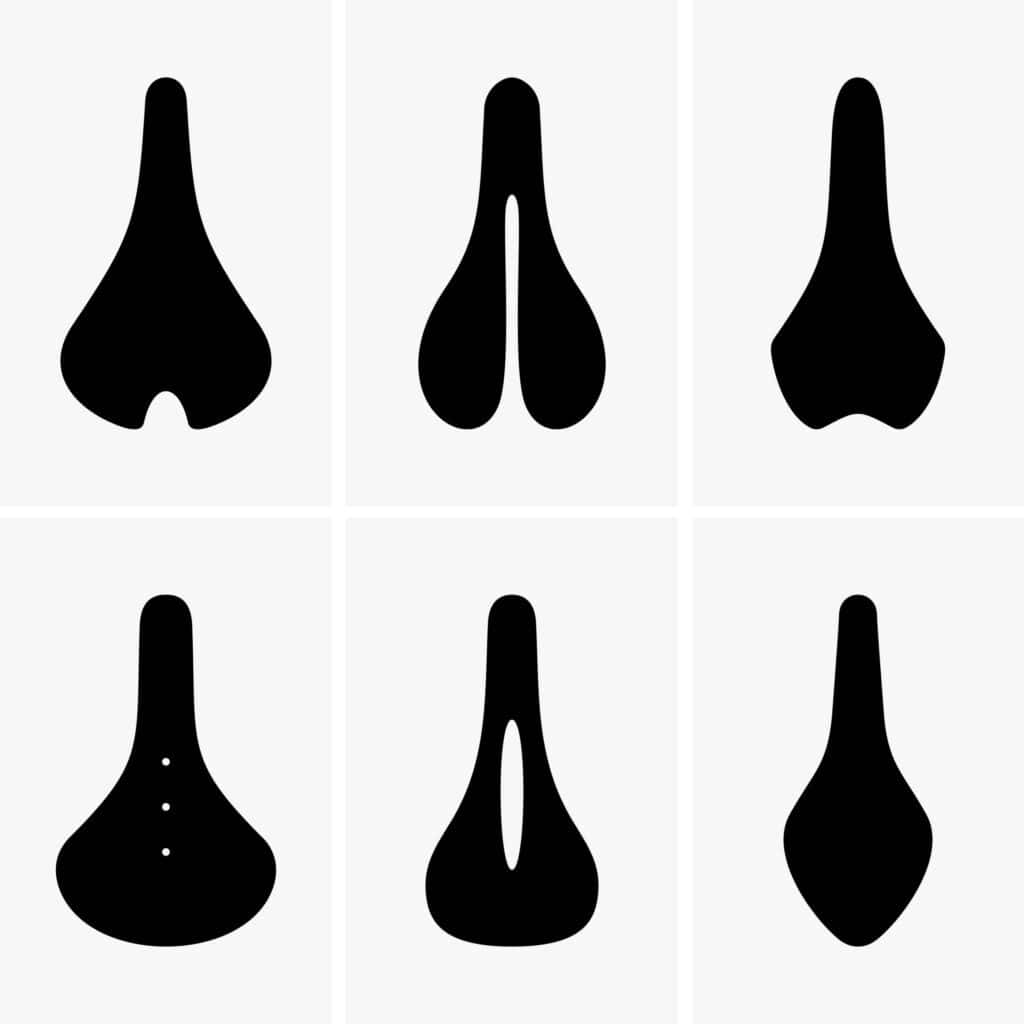
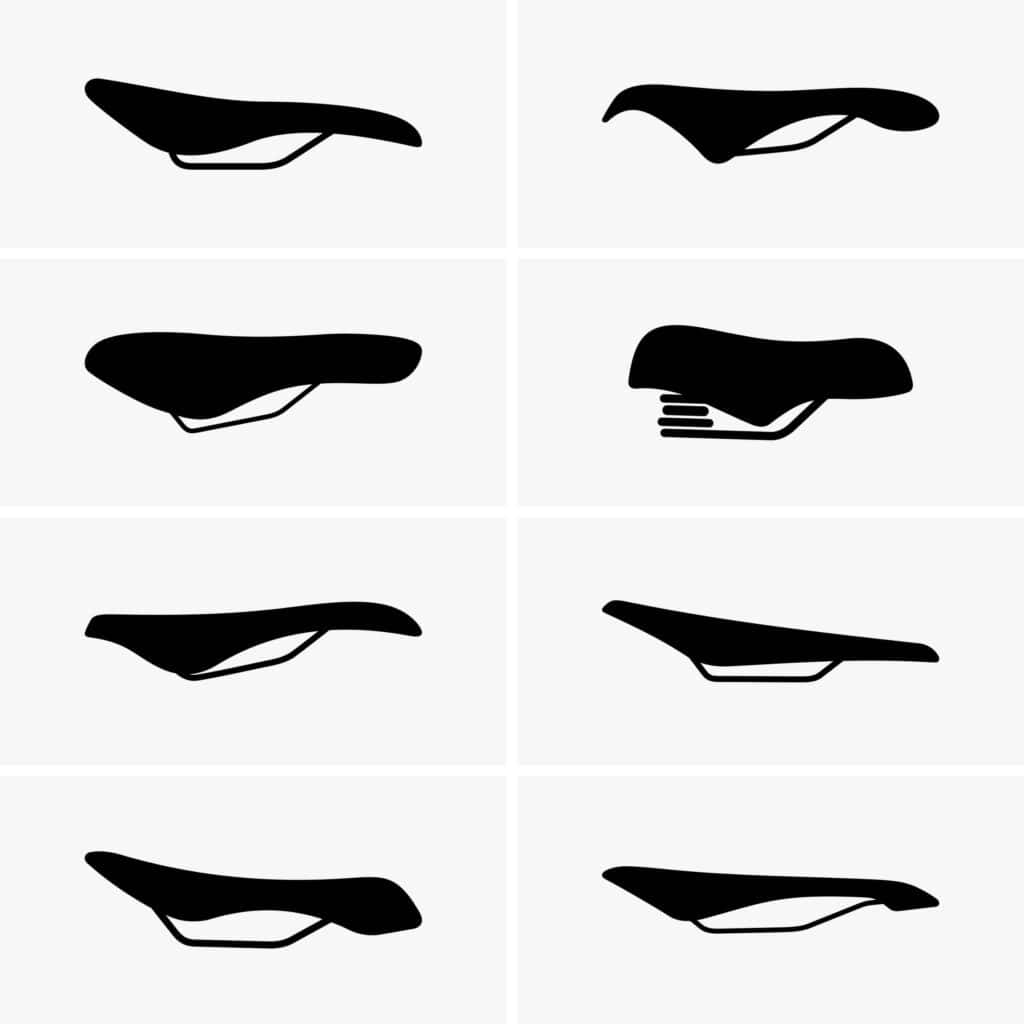
While there is no one right shape for every rider, different riding styles tend to gravitate toward certain saddle shapes.
Road bike saddles: These saddles are typically long, narrow, and lightweight. They’re designed for efficiency and speed and have minimal padding to reduce the risk of chafing on long rides.
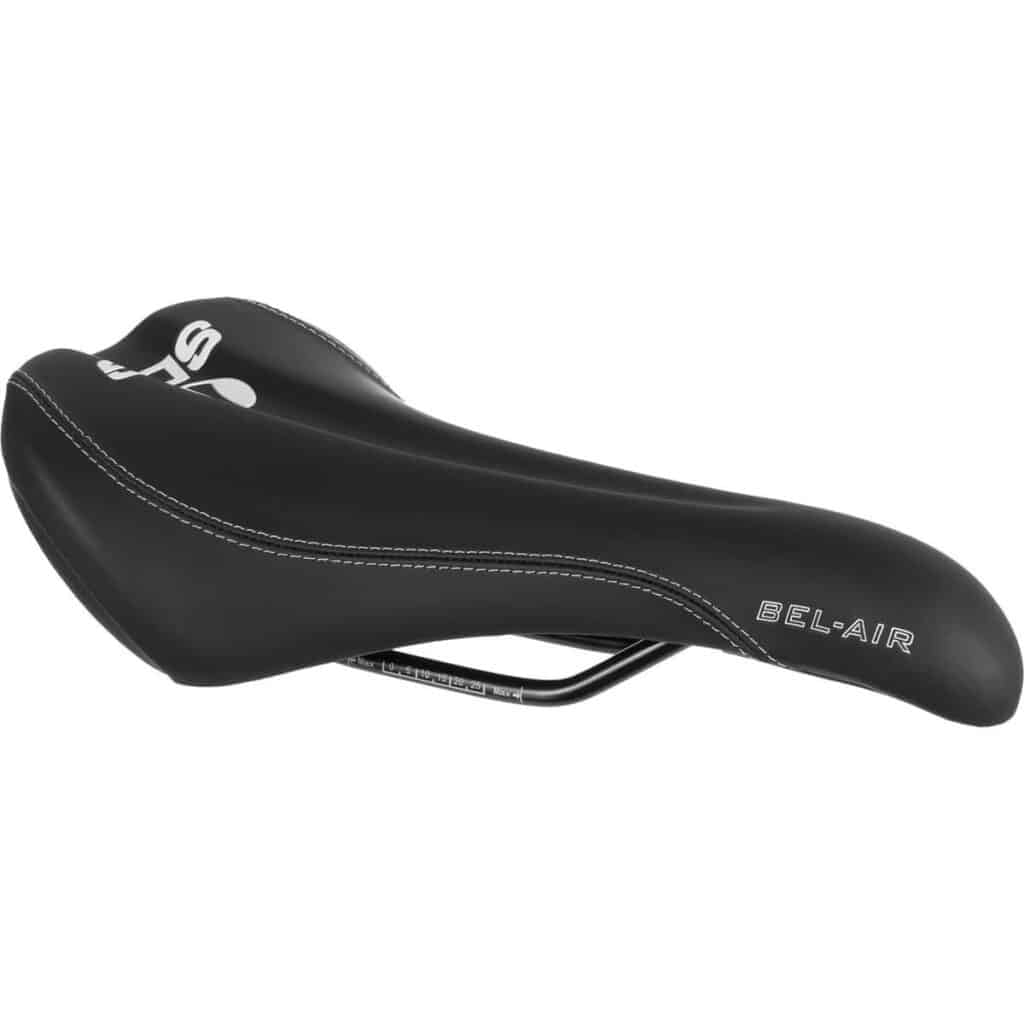
Mountain Bike Saddles: Mountain bike saddles are often wider, flatter and more padded than road bike saddles. They are designed for frequent riding position changes and also usually have a durable cover material to withstand the rough and tumble of mountain biking.
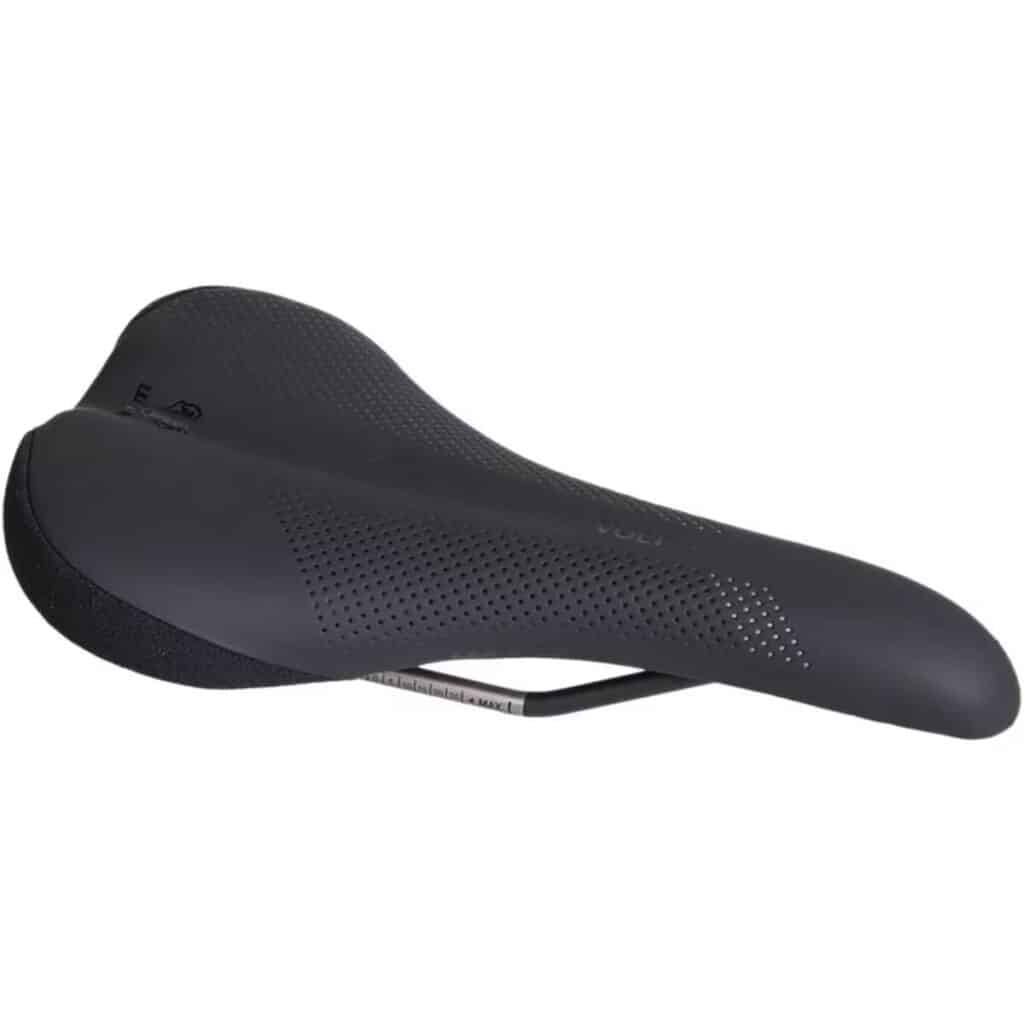
Touring saddles: Touring saddles are specifically designed for long days on the bike. They tend to have a moderate amount of padding while still being comfortable and efficient. Many touring saddles will have a large cut-out to relieve pressure and nerve compression.
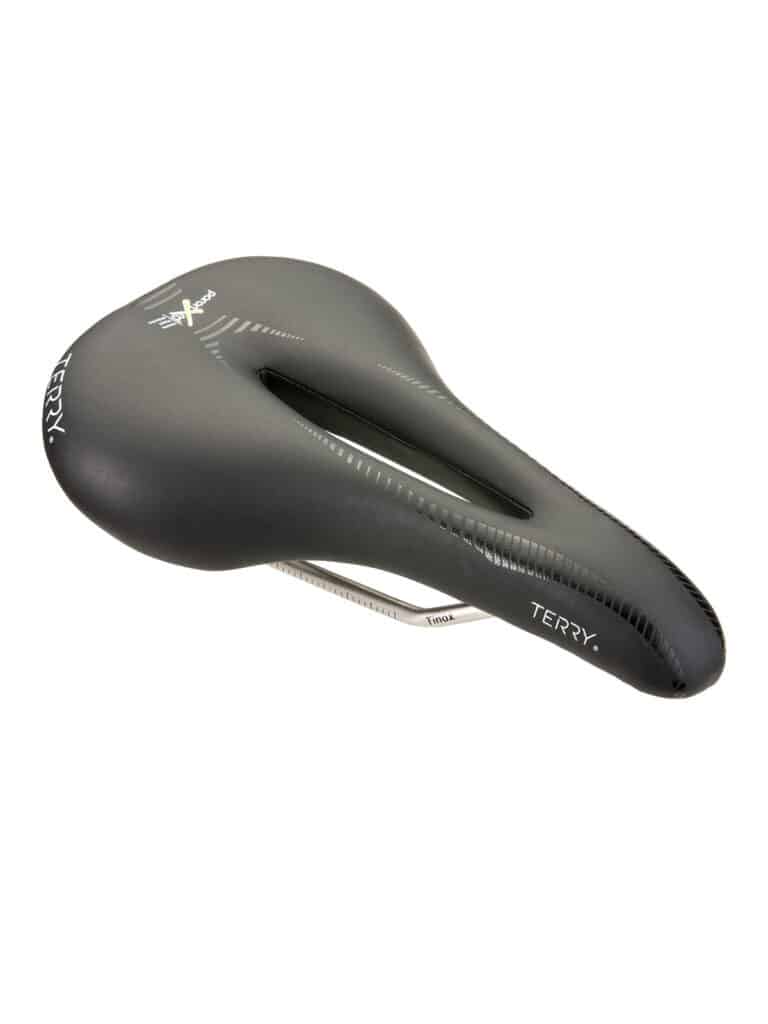
Comfort saddles: As the name suggests, these are designed for cyclists who prioritize comfort over speed or performance. They are often wider and more padded than other types of bike seats. Some have features like springs for extra shock absorption or gel padding.

In addition to the overall shape of a saddle, we also need to talk about the roundness and or wave of bike seats.
Roundness
Roundness refers to the shape of a saddle from side to side. Some saddles are completely flat while others have a definitive curve to them.
The curve of a bike saddle determines the rotation of your hips:
- Flat saddles result in less pressure in the pubic area but can cause more side-to-side shifting which may lead to chafing.
- Curved saddles keep the body more centered, but can result in more pressure on the pubic area.
So which is better? That really comes down to personal preference and what you experience on the bike.
Personally, I like a moderately curved saddle with a cut-out because it keeps my hips centered, but provides pressure relief on the pubic area.


Wave
The other saddle shape to think about is how a saddle looks front to back. This is called the wave.
- A saddle with no wave is essentially flat from rear to tip. They are good for upright riding positions and for flexible people. The benefit of a flat saddle is that you can change positions more easily, but with that, you lose stability.
- A waved saddle has a higher back and a slightly dropped nose. This shape provides a bit more stability and can relieve pressure on the front. They’re also better for less flexible riders. However, a curved profile saddle, you’re more locked into place and it can less comfortable to shift around.
- There are saddles that are only slightly waved, offering a nice balance between seat position and stability.

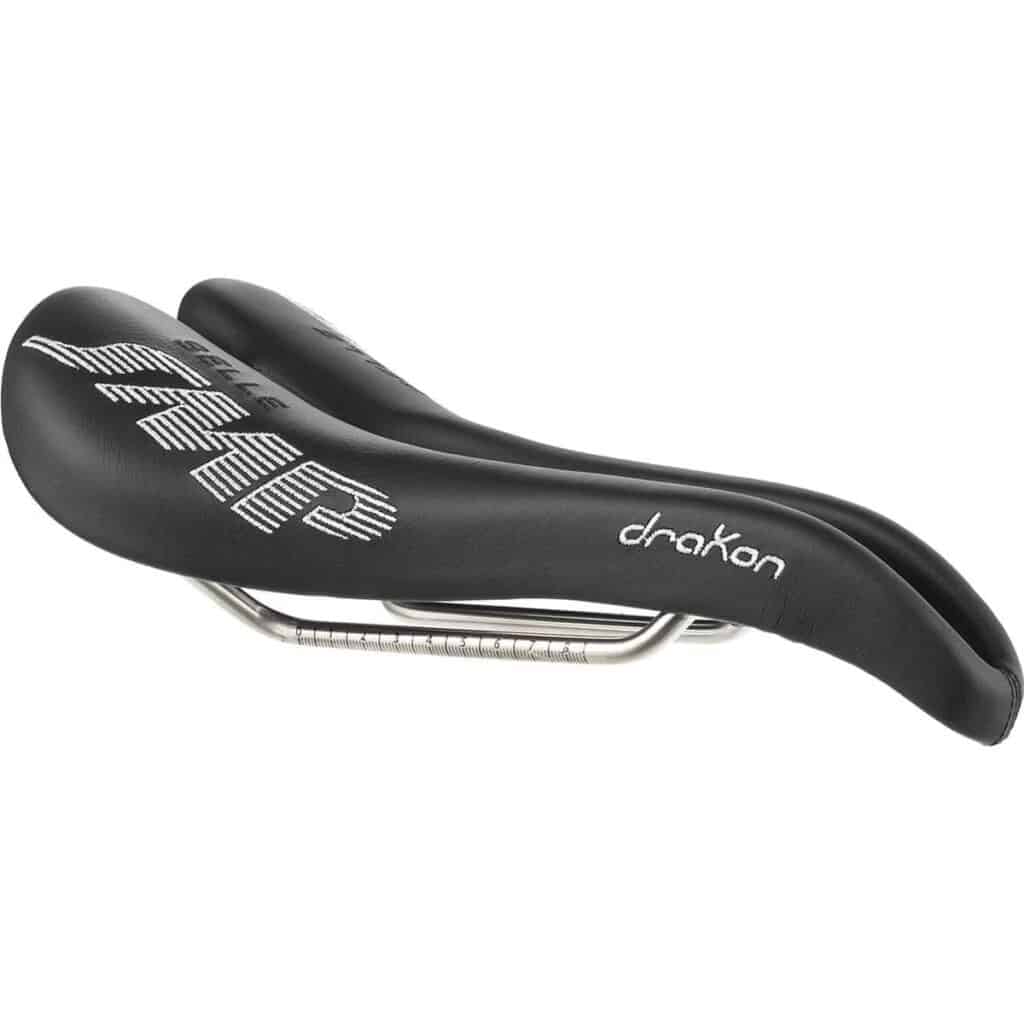
Nose length
The nose is the forward-pointing structure on a saddle. It allows you to shift your weight forward when climbing steep hills or lean your weight over the handlebas for a more aerodynamic position.
Most saddles these days are moving toward a shorter – or snub nose – design. This is because a long nose doesn’t really give you a whole lot of benefit (you can shift your weight forward without it) and it can often get in the way, especially for mountain bikers.
- Long noses: Allow you to really shift your weight forward on the saddle, which is helpful on steep climbes
- Shorter noses: Less pressure on the perineal area and don’t get in the way when you’re up off the saddle.
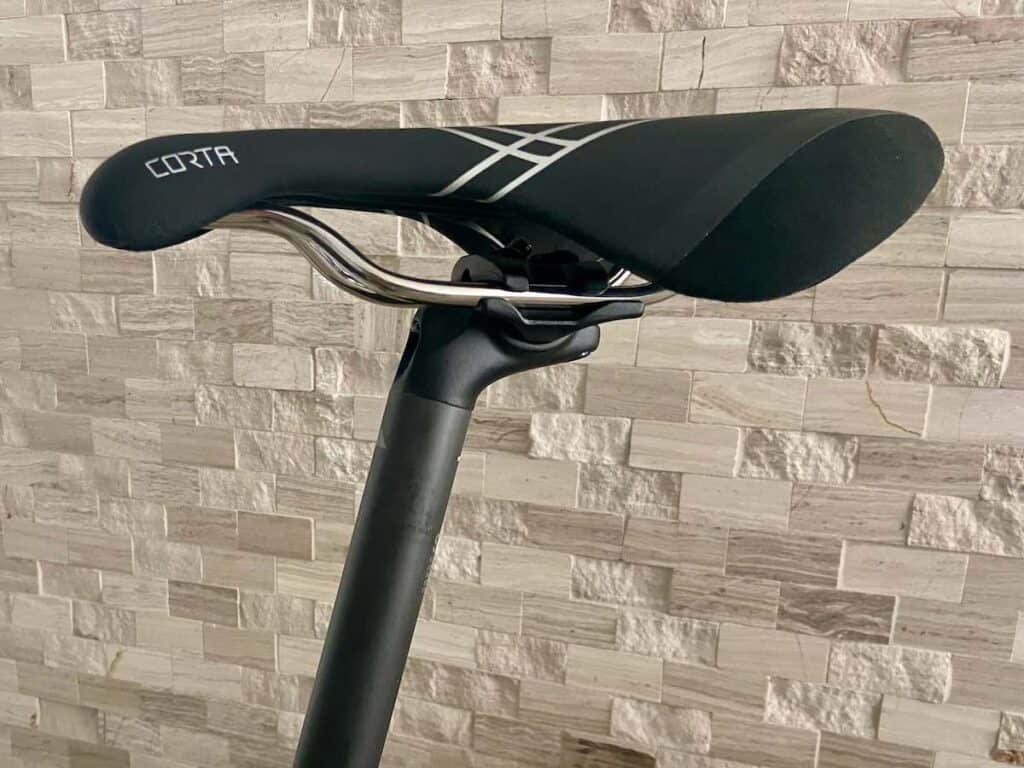
A note about saddle padding
More padding doesn’t always mean more comfort, especially on longer rides.
While a plush saddle might feel comfortable initially, too much padding can cause pressure and chafing over time. This happens as you sink into the saddle and it pushes up into your soft tissues.
The right amount of padding largely depends on the type of riding you do.
Casual riders can usually get away with more padding while more serious riders will want something with a firmer surface.
There are two main types of padding a saddle comes with:
Foam padding comes in various densities; higher-density foam is firmer and doesn’t compress as easily, making it more suited to long rides, while lower-density foam is softer and more comfortable for shorter rides.
Gel padding conforms well to your body shape and provides a high level of comfort, although it can be a bit heavier than foam.

What are Saddle cut-outs?
Some saddles, particularly women’s saddles, feature a hole or groove cut out in the middle.
This channel is designed to relieve pressure on the perineal area (aka the vagina or scrotum), which can take the brunt of the weight as you sit on your bike seat.
Cut-out saddles are a good choice if you experience numbness, soft tissue pressure and pain, or chafing inside the labia.

Women’s bike saddles – marketing or science-based?
Unlike women’s mountain bikes, women’s-specific bike saddles are significantly different than men’s or unisex saddles. Women typically have a wider sit bone width than men, so we need a wider saddle to support our hips. Women’s saddles also often have larger cut-outs or channels to relieve pressure on soft tissue, which tends to be more of a pain point for female riders than men.
Choosing a saddle width
Essentially, saddles are there to support your hips while you’re riding. This means the saddle needs to be wide enough to support your sit bones, but not too wide that your sit bones miss the soft cushioning and you risk chafing.
In order to find the right saddle, you need to measure your sit bone width.
How do I measure my sit bones?
- Get a large piece of tin foil or a piece of thin corrugated cardboard.
- Sit on a carpeted step with the foil or cardboard underneath your butt.
- Lift up your feet to mimic pedaling a bike.
- Stand up then measure the distance between the two deepest depressions.
- Add 2cm to your sit bone width to find your saddle size. For example, if your sit bone with is 13cm, you’ll want to look for a saddle with at 15cm width.
Need a visual? Check out this video on measuring your sit bone width.
Once you have your sit bone width measured (remember to add 2cm!) and you know what saddle shape you’re looking for, you can start shopping around.
Most bike saddles should list their width in the product description.
So which saddle should you get?
Finding the right saddle for you is a personal journey. I’ve covered a lot of tips and info in this post to help you decide which saddles might work well, but it will probably take some trial and error to get it right.
If you’re still a bit in the dark about choosing a bike saddle, here are 5 steps to get you started:
- Determine your riding style and riding position (road, mountain bike, casual, etc…)
- Consider saddle shape – do you want a flat saddle or a rounded one? Wave or no wave?
- Determine whether you want a cut-out or not
- Measure your sit bones
- Choose a budget – saddles range from $50 all the way up to several hundred
- Try out several saddles if you can. Some brands, like Terry, have saddle guarantee programs that allow you to return the saddle within a certain time period if it’s not the one for you.
If you’re looking for some reccommendatons, here are a few of my favorite bike saddles:
Terry Bicycles: Terry makes awesome women’s-specific saddles for every kind of ride and rider. They even have a saddle selecter quiz to help you choose the right one. I have the Terry Century Butterfly that I use on bikepacking adventures and the Terry Corta that I use for gravel.
Shop Terry Saddles at
Ergon Saddles: If you feel persistant pain when riding a bike, I recommend trying out an Ergon Saddle. These saddles are specifically designed to be ergonomic and reduce pressure on sensitive areas. The SM and SMC series are popular among both road cyclists and mountain bikers.
Shop Ergon Saddles at
WTB: Wilderness Trail Bikes (WTB) is one of the leading brands for mountain bike saddles and many mountain bike brands use WTB on their new bikes. Their saddles a designed to be comfortable, durable, and trail-ready. The Volt is one of the most popular models among mountain bikers and I use it on my mid-travel mountain bike.
Popular models: The Volt is super popular among mountain bikers and I use it on my mid-travel mountain bike.
Shop all WTB Saddles at
Fi’zi:k: It’s a weird name (fi’zi:k is the phonetic spelling for ‘physique’) but they make some amazing high-performance saddles. Fi’zi:k mainly designs saddles for road and gravel riders, but they could be a good option for trail riders, too. Popular models are the Aliante, Antares, and Arione.
Shop Fi’zi:k Saddles at
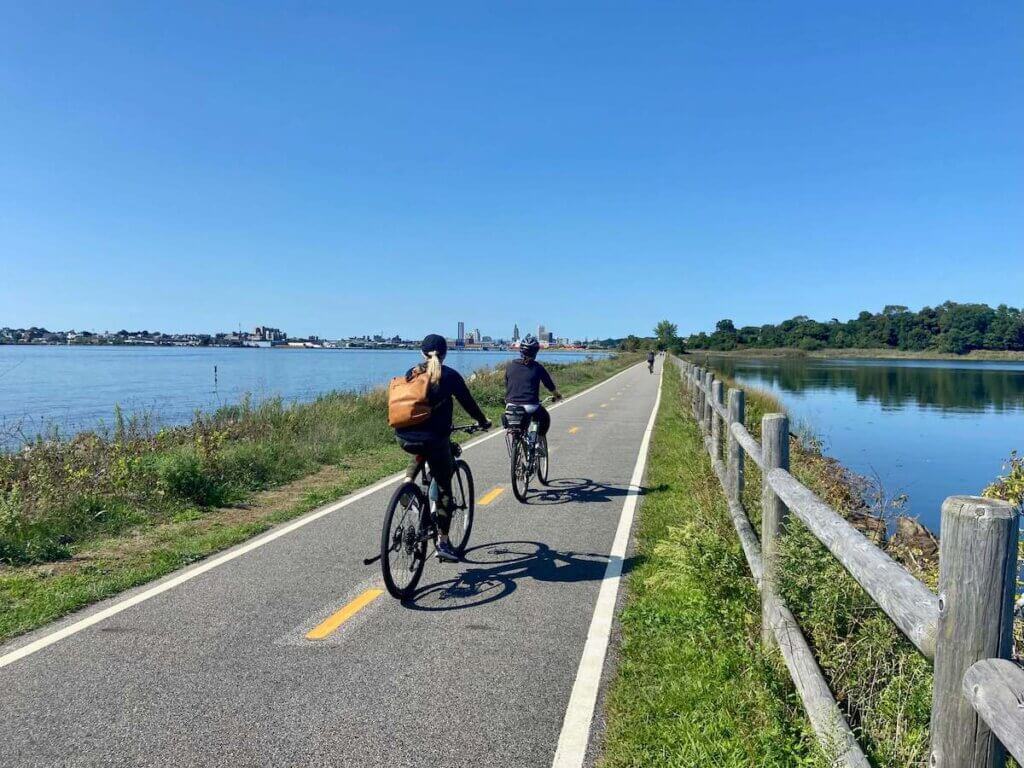
How to adjust your new saddle
Once you have your new bike seat, you’ll need to spend some time adjusting it and breaking it in. Here are a few tips:
Saddle Height: The first step in adjusting your saddle is setting the right height. When you’re sitting on the saddle with one heel on the pedal, your leg should be fully extended at the bottom of the pedal stroke.
Saddle Angle: Start with the saddle level, then adjust as needed for comfort. A common starting point is a flat or slightly nose-down position. Be cautious about tilting the saddle too far down, as it can put undue pressure on your hands and wrists.
Saddle Fore/Aft Position: This refers to the saddle’s position along the rails from front to back. A basic rule of thumb is that when your pedal is at the 3 o’clock position, a plumb line dropped from the bony point just below your kneecap should intersect the pedal axle.
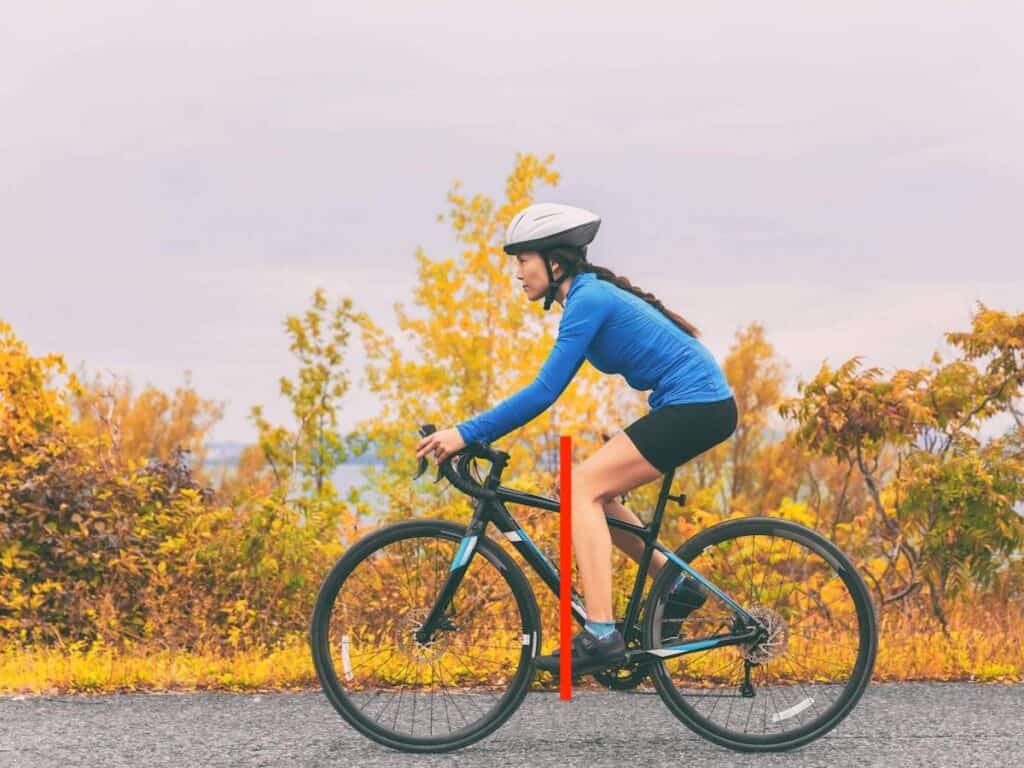
Read next: Prone to chafing? Check out my tips for saying goodbye to saddle sores and chafing.
Final thoughts
If comfort while riding is a high priority for you or you’ve experienced chafing, saddle sores, or other discomfort on the bike, spending some time researching and testing different saddles can really improve your riding experience.
It’s also important to remember that there is no one ‘perfect’ comfortable saddle. What works for me may not work for you and vice versa. The best thing you can do is narrow down the type of saddle you’re looking for based on your riding style, discomfort issues, body type, etc… and then test out a few saddles to find one that works for you.
Good luck!
Looking for more biking tips? Check out these related blog posts:
What questions do you have about finding the right bike saddle? Do you have a favorite? Which one and what do you love about it? Leave a comment below!

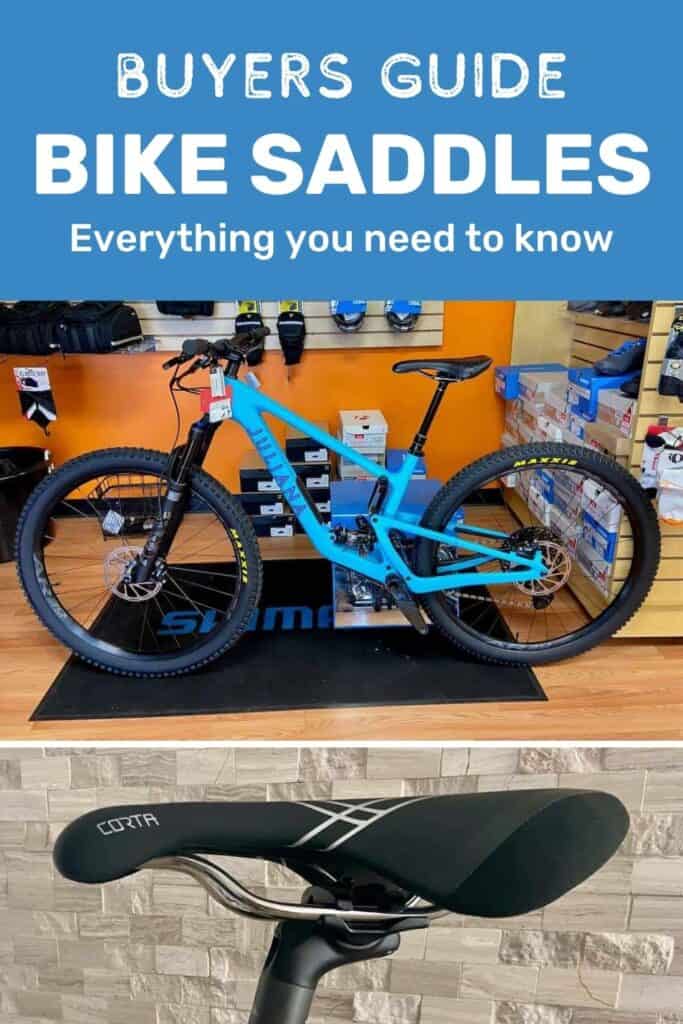

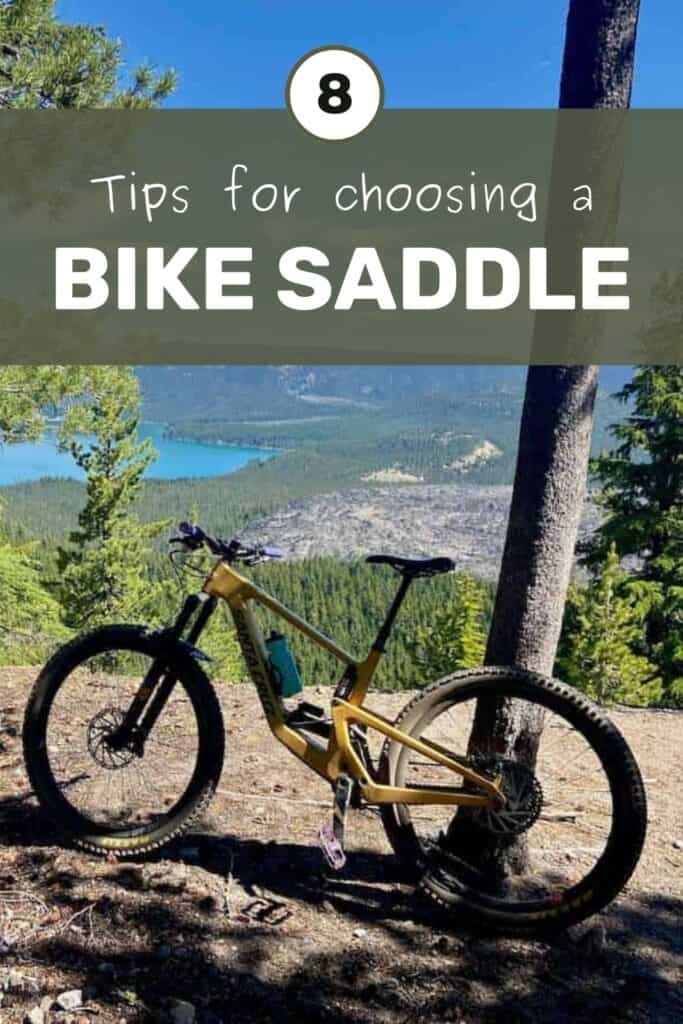
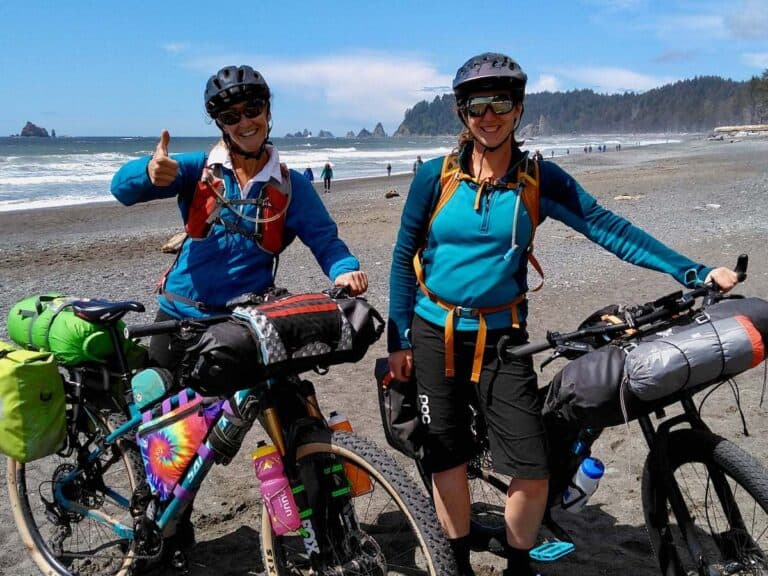



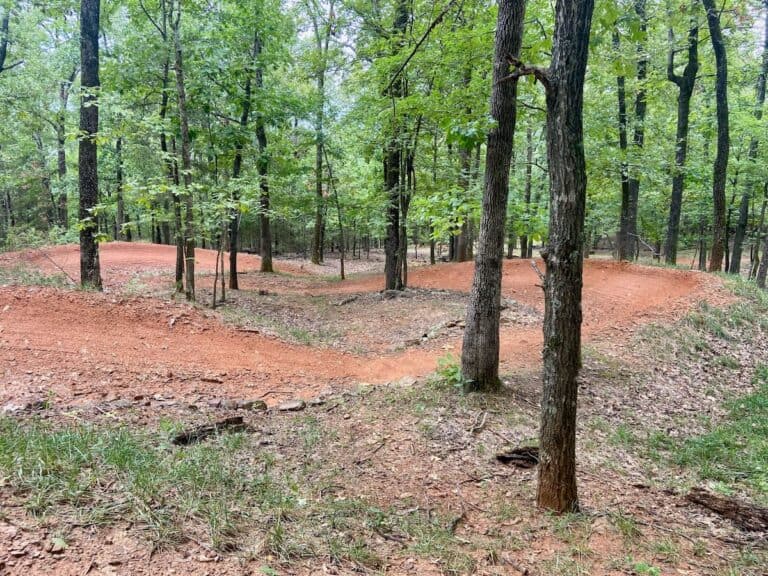

I love hearing from you and appreciate your comments! However, if you leave a rude, unconstructive, or spammy comment, it will be deleted. It’s cool to be kind. Have an awesome day!